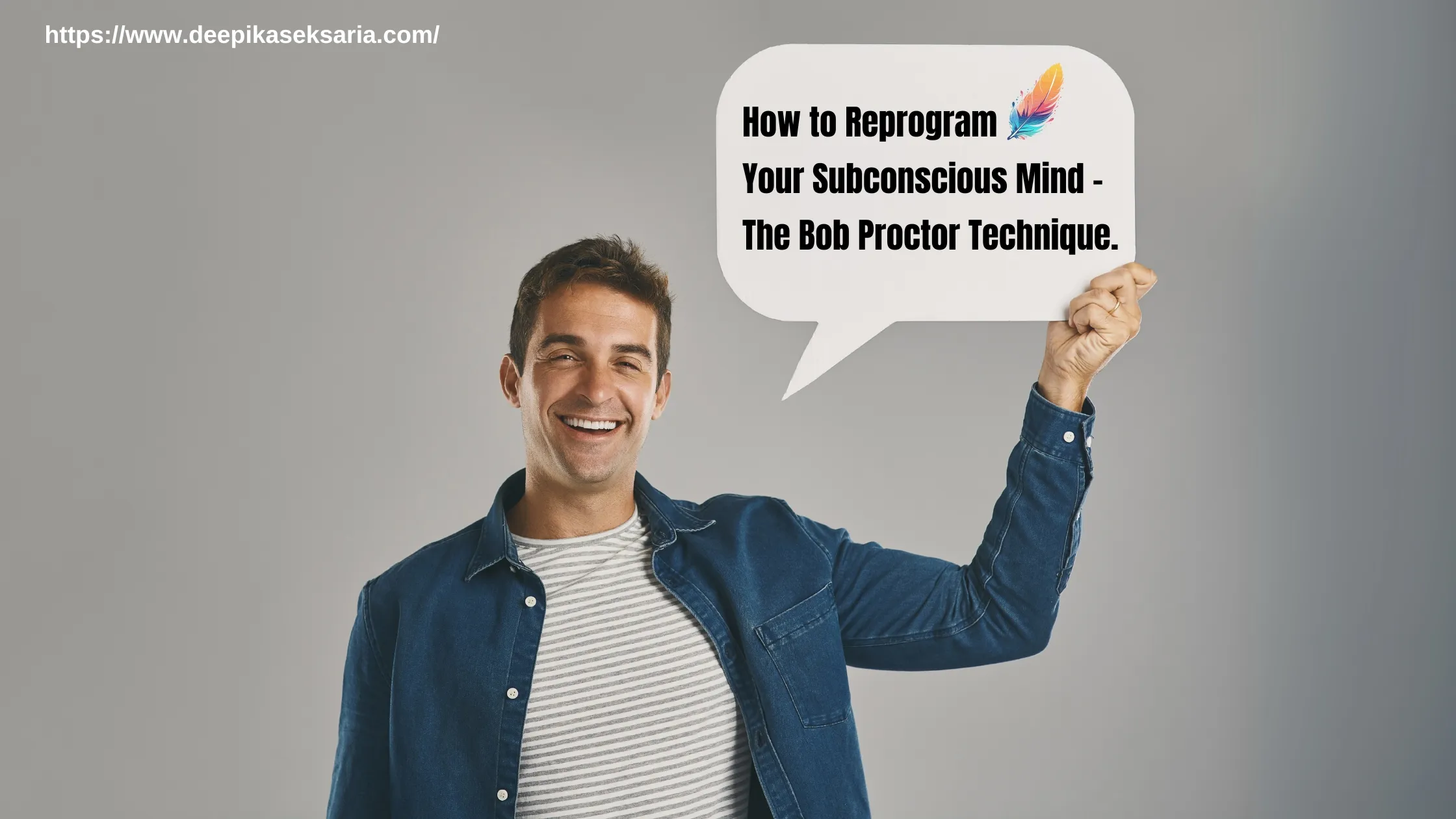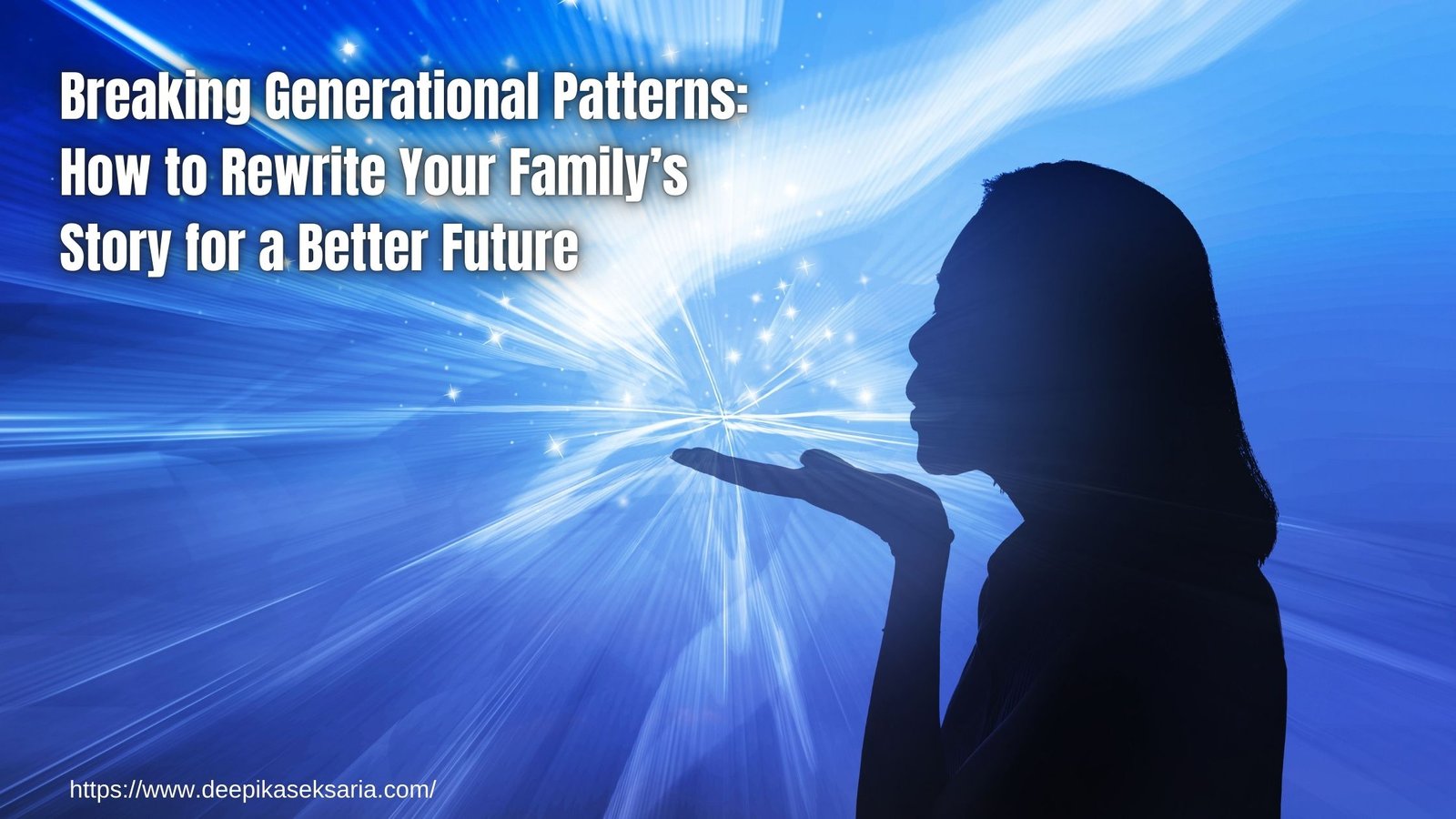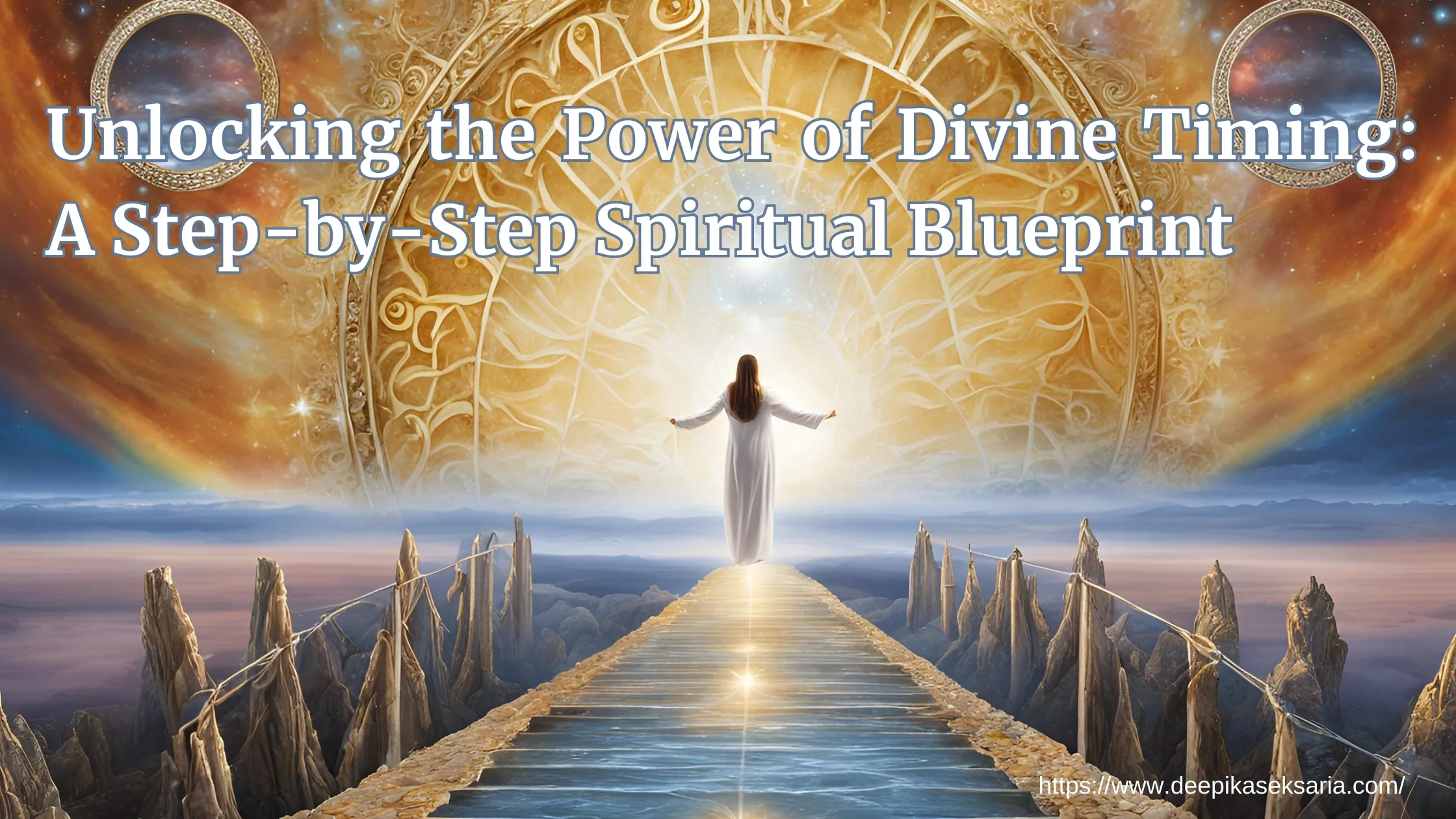The Power of Pain
Pain often comes uninvited—heartbreak, loss, failure, anxiety, or illness. Yet it carries the potential to shake us awake from our autopilot lives. Pain is not punishment. Pain is the portal. It calls us to pause, look within, and evolve.
What Does It Mean That “Pain Is the Portal”?
When life flows easily, we often coast through days without questioning deeper meaning. But pain interrupts that pattern.
It forces us to slow down.
It demands attention.
It pushes us to reflect and seek answers beyond the surface.
“Suffering cracks open the shell of the ego so the soul can breathe.” — Rumi
In this way, pain becomes a spiritual wake-up call, an initiation into a more conscious way of living.
Real-Life Examples of Pain as a Portal
1. The Burnout Awakening

Imagine you’re a corporate employee working 12-hour days. You ignore the exhaustion until your body breaks down. Illness forces you to stop. At first, you’re angry. But eventually, you begin to question: What am I running from? Why am I afraid to rest?
➡ This pain opens the door to self-inquiry, boundaries, and balance.
Related Article Suggestion: The Art of Slowing Down in a Fast World
2. The Breakup Breakdown

A relationship ends. You feel gutted. But as the grief fades, you start to notice patterns: how you lost yourself, how you ignored red flags, how you gave too much.
➡ The emotional pain becomes a mirror. You start to value self-love and conscious connection.
Related Article Suggestion: Healing the Inner Child After Heartbreak
3. Losing a Job, Finding Purpose

You get laid off. The security blanket is gone. Panic sets in. But then, space opens up. You finally pursue that creative calling or start a wellness journey.
➡ Loss becomes liberation.
Why We Resist Pain
Most people avoid pain. We numb with scrolling, eating, overworking, or distracting ourselves.
But resisting pain prolongs suffering.
True healing begins when we allow ourselves to feel it fully.
“The only way out is through.” — Carl Jung
How to Heal Through Pain: Step-by-Step
🌿 Step 1: Allow the Emotion
Sit with the pain. Don’t rush to fix it. Let it speak.
Practice: 5 minutes of conscious breathing. Place your hand on your heart. Say, “I see you. I’m here.”
🌿 Step 2: Journal Your Inner World
Ask:
- What triggered this pain?
- What is it teaching me about my needs, boundaries, or beliefs?
- What does this moment ask me to release or transform?
Download Free Template: Self-Healing Journal Prompts
🌿 Step 3: Move the Energy
Pain stores in the body. Movement can help release it.
Try: Dance, yoga, shaking, breathwork.
🌿 Step 4: Seek Support
Therapy, somatic coaching, spiritual guidance, or simply talking to a conscious friend can create breakthroughs.
Healing Tools to Transform Pain
Here are some accessible practices:
| Tool | Description |
|---|---|
| Meditation | Observe thoughts without judgment |
| EFT Tapping | Emotional release through acupressure points |
| Nature Walks | Grounding and clarity through Earth connection |
| Affirmations | Rewiring subconscious beliefs |
| Reiki | Energetic realignment |
Spiritual Teachings on Pain
✨ Buddhism: “Life is suffering…but suffering can be transcended.”
Pain is inevitable, but clinging to it is optional. Awareness breaks the cycle.
✨ Vedanta: “You are not the body or the mind.”
Our true self remains untouched by the dramas of the ego. Pain reveals the illusion.
✨ Christianity: “Suffering produces perseverance; perseverance, character.”
Spiritual strength is forged in the fire of trials.
Your Pain is a Gift in Disguise
When we resist pain, we become bitter.
When we embrace it, we become better.
The crack is where the light gets in.
What if your most painful moment is also your greatest turning point?
Conclusion: Pain Is the Portal—Walk Through It
You are not broken. You are breaking open.
Pain is not the end. It’s an invitation—to return to yourself, to awaken, to heal. Will you accept the invitation?
A quick overview of the topics covered in this article.
























